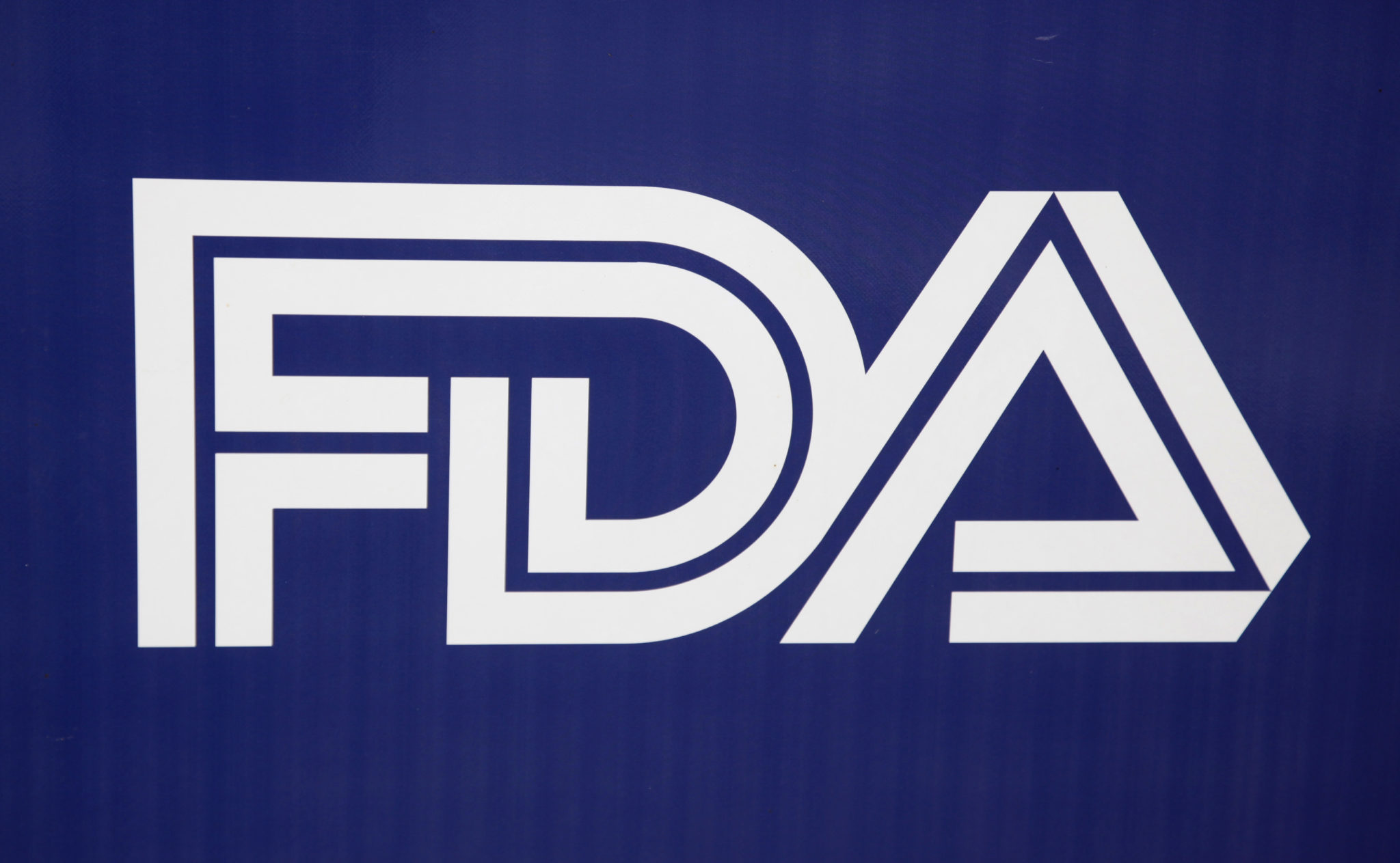The United States Food and Drug Administration (FDA) plays a critical role in ensuring the safety and efficacy of over-the-counter (OTC) medications. The FDA’s OTC registration process is a regulatory framework designed to protect public health by ensuring that OTC drugs are safe, effective, and properly labeled for consumer use. This process involves stringent requirements and guidelines that manufacturers must adhere to before their products can be legally marketed and sold in the U.S. Understanding these requirements is crucial for any pharmaceutical company looking to enter the OTC market.
Understanding the Regulatory Framework
The regulatory framework for FDA OTC registration is grounded in the Federal Food, Drug, and Cosmetic Act (FD&C Act). The FD&C Act mandates that all OTC drugs must meet specific standards related to safety, efficacy, and labeling. To comply, manufacturers must submit a New Drug Application (NDA) or an Abbreviated New Drug Application (ANDA) if they are producing a generic version of an existing OTC drug. Additionally, the FDA has established monographs for many OTC drug categories, which outline the acceptable active ingredients, dosages, formulations, and labeling requirements. Products conforming to an existing monograph can be marketed without the need for an NDA or ANDA, streamlining the approval process.
The Registration and Approval Process
The FDA OTC registration process involves several key steps. Initially, manufacturers must conduct thorough research and testing to demonstrate that their product meets all safety and efficacy standards. This often involves clinical trials and detailed documentation of the drug’s effects. Once the research is complete, the manufacturer submits the appropriate application to the FDA. This submission includes comprehensive data on the drug’s formulation, manufacturing process, and proposed labeling. The FDA then reviews the application to ensure compliance with regulatory standards. If the product meets all requirements, the FDA grants approval, allowing the manufacturer to market the drug. For products that fall under an existing monograph, the process is simplified but still requires adherence to all relevant guidelines and regulations.
Post-Approval Compliance and Monitoring
Approval is not the final step in the FDA OTC registration process. Once a product is on the market, manufacturers must engage in ongoing compliance and monitoring to ensure continued adherence to FDA standards. This includes regular reporting of any adverse events, maintaining accurate and updated records, and ensuring that all marketing and promotional materials are truthful and not misleading. The FDA also conducts periodic inspections of manufacturing facilities to verify compliance with Good Manufacturing Practices (GMP). In addition, any significant changes to the product, such as alterations in formulation or labeling, must be reported to the FDA and may require additional approval. This continuous oversight helps safeguard public health by ensuring that OTC drugs remain safe and effective throughout their lifecycle.
In conclusion, the FDA OTC registration process is a comprehensive regulatory framework designed to protect consumers by ensuring the safety, efficacy, and proper labeling of over-the-counter medications. By understanding and adhering to these regulations, manufacturers can successfully navigate the complexities of bringing OTC drugs to market, contributing to the overall health and well-being of the public.FDA OTC Registration
